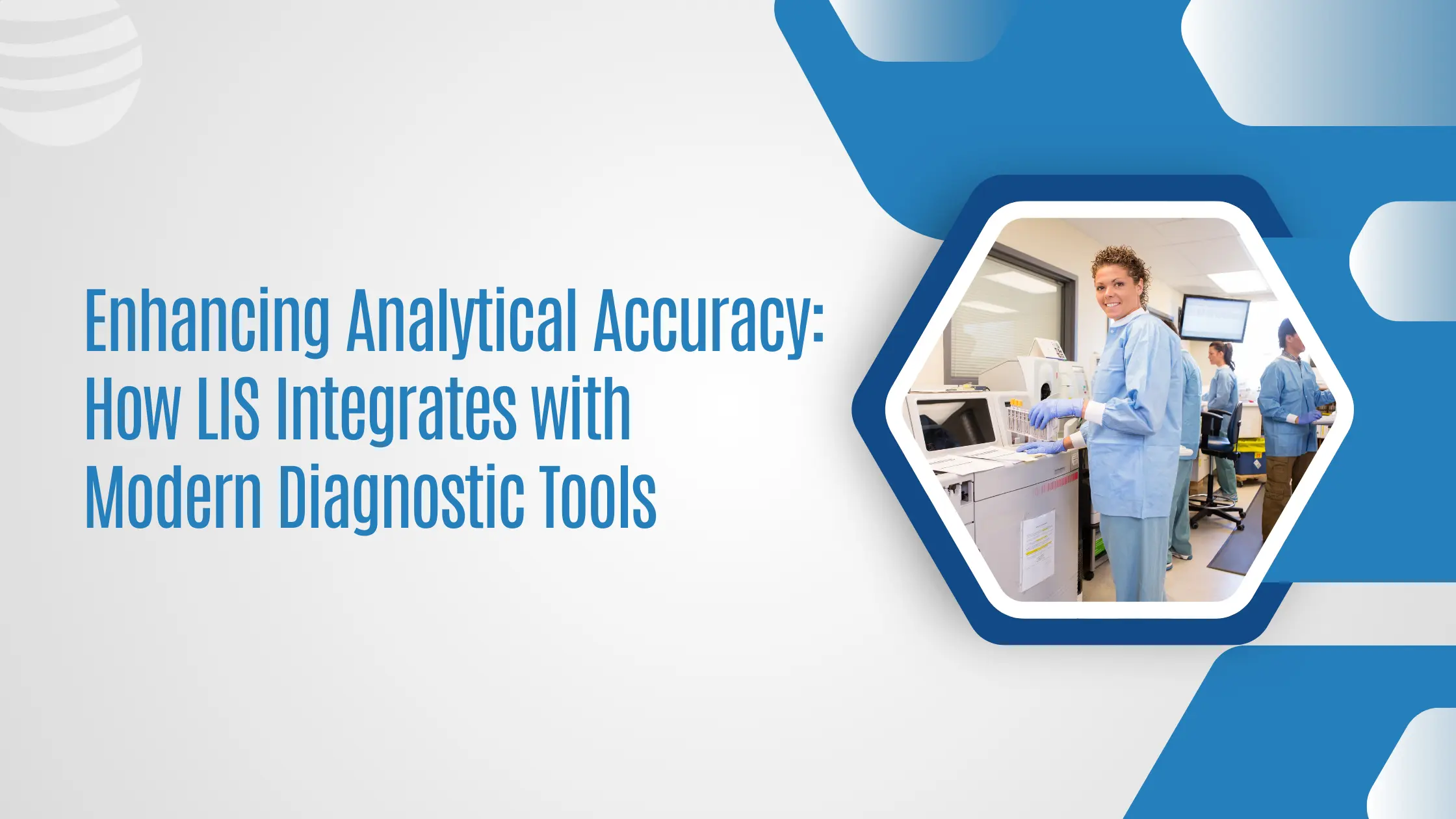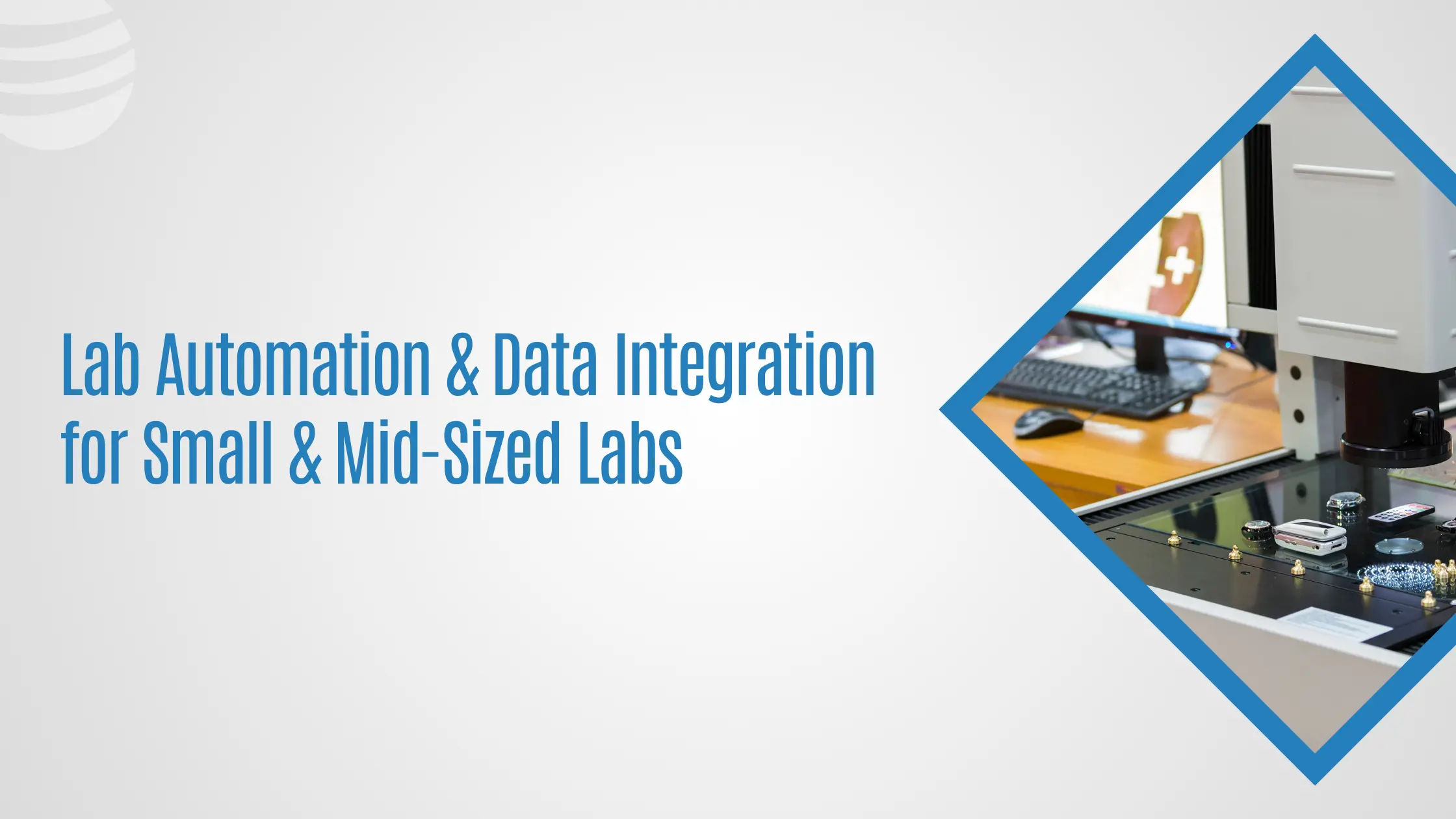

Unraveling the World of Laboratory Information System (LIS): A Beginner's Guide
In today’s fast-paced healthcare environment, accurate and timely data management is critical for ensuring quality patient care. One of the key technologies supporting this mission is the Laboratory Information System (LIS). Laboratory Information Systems are software solutions designed to manage, track, and store laboratory data, streamlining workflows and ensuring that medical test results are delivered accurately and efficiently. In this beginner’s guide, we will explore the essential components, benefits, and best practices associated with LIS, helping you understand its pivotal role in modern healthcare.
What Is a Laboratory Information System (LIS)?
A Laboratory Information System (LIS) is a software platform that helps laboratories manage their operations, including processing test results, tracking specimens, and maintaining records. These systems are typically used in clinical laboratories, hospitals, and diagnostic centers to handle large volumes of data efficiently. The primary goal of an LIS is to ensure that the right data is available to the right people at the right time, improving patient outcomes and laboratory efficiency.
Key Features of an LIS
- Sample Management: Tracks specimens from collection to final results.
- Test Management: Automates the process of ordering, conducting, and reporting lab tests.
- Result Reporting: Generates accurate and timely reports for healthcare providers.
- Data Integration: Integrates with other hospital systems, such as Electronic Health Records (EHR), improving data sharing.
- Compliance and Security: Ensures that laboratory operations comply with regulatory standards and data is securely stored.
How Does an LIS Work?
An LIS is designed to handle the full cycle of laboratory operations, from sample collection to the delivery of test results. Here’s a simplified breakdown of how it works:
- Order Entry: A test is ordered by a healthcare provider, and the request is entered into the system.
- Sample Collection and Tracking: The specimen is collected, labeled, and tracked through the system using barcodes or RFID tags to prevent errors.
- Test Processing: The LIS communicates with lab instruments to conduct the necessary tests.
- Result Compilation: After testing, the LIS compiles the results and generates reports, which are sent to the requesting healthcare provider.
- Data Storage and Retrieval: All test data is stored securely for future reference and auditing purposes.
Benefits of Using a Laboratory Information System
The implementation of a Laboratory Information System provides numerous benefits for laboratories and healthcare organizations. Below are some of the key advantages:
1. Improved Accuracy and Efficiency
One of the primary benefits of an LIS is the improvement in both accuracy and efficiency. By automating the process of data entry, specimen tracking, and result reporting, an LIS significantly reduces human error. Additionally, the system’s ability to integrate with lab equipment ensures that test results are processed quickly and accurately.
2. Enhanced Workflow Automation
Laboratory Information Systems streamline workflow by automating routine tasks such as sample tracking, test management, and result reporting. This automation allows lab technicians to focus on more complex tasks, improving overall lab efficiency and reducing turnaround times for test results.
3. Better Data Management
LIS platforms store large volumes of data securely and make it easily accessible for authorized users. This not only aids in patient care but also supports compliance with regulatory standards. Furthermore, an LIS facilitates data retrieval for auditing, research, and reporting purposes, ensuring that laboratories maintain a high level of operational transparency.
4. Regulatory Compliance and Data Security
Healthcare providers must adhere to strict regulatory guidelines, such as those set forth by HIPAA (Health Insurance Portability and Accountability Act) in the U.S. An LIS helps laboratories comply with these regulations by providing robust data security features, including encryption, role-based access, and audit trails. Additionally, these systems are regularly updated to ensure compliance with evolving healthcare regulations.
5. Integration with Other Systems
An essential feature of modern LIS platforms is their ability to integrate seamlessly with other systems, such as EHR (Electronic Health Records), billing systems, and hospital management software. This integration enables the smooth flow of information between different departments and systems, resulting in a more cohesive healthcare delivery process.
Common Challenges in Implementing a Laboratory Information System
While the advantages of an LIS are clear, the implementation of such a system is not without challenges. Understanding these challenges can help laboratories plan and execute a smoother transition.
1. Cost of Implementation
The initial cost of purchasing and implementing an LIS can be significant, especially for smaller laboratories. In addition to the price of the software itself, there are costs associated with hardware upgrades, staff training, and ongoing maintenance. However, the long-term benefits of improved efficiency and reduced errors often justify the investment.
2. Staff Training and Adaptation
Introducing new technology into a laboratory setting requires extensive training. Laboratory staff may need time to get accustomed to the new system, which can initially slow down operations. It’s essential to provide ongoing training and support to ensure that all employees can use the LIS effectively.
3. Data Migration
Migrating data from legacy systems to a new LIS can be a complex and time-consuming process. Ensuring that all historical data is transferred accurately is crucial to maintaining the integrity of patient records and laboratory operations. A well-planned migration strategy, including thorough testing, is necessary to mitigate potential issues.
4. System Integration
Integrating an LIS with other hospital or laboratory systems can be challenging, particularly if those systems were not designed to work together. It’s important to choose an LIS that is compatible with your existing systems or to work with vendors who can customize the integration.
Choosing the Right Laboratory Information System
Selecting the right LIS for your laboratory is a critical decision that can impact your operations for years to come. Here are some factors to consider when evaluating different LIS options:
1. Scalability
It is essential to choose an LIS that can grow with your laboratory. Whether you plan to expand your services or anticipate an increase in sample volume, the system should be able to scale accordingly without compromising performance.
2. Customization Options
Every laboratory has unique workflows, and a one-size-fits-all LIS may not meet your specific needs. Look for a system that offers customization options, allowing you to tailor the software to your laboratory’s processes.
3. Vendor Support and Training
The quality of vendor support is a crucial factor in the successful implementation and ongoing operation of an LIS. Choose a vendor that provides comprehensive support, including training, troubleshooting, and system updates.
4. Cost and ROI
While cost is an important consideration, it’s equally important to evaluate the return on investment (ROI) that an LIS can provide. Consider how the system will improve your laboratory’s efficiency, reduce errors, and enhance compliance with regulatory standards.
5. Compliance with Regulatory Standards
Ensure that the LIS you choose complies with applicable healthcare regulations, such as HIPAA, CLIA (Clinical Laboratory Improvement Amendments), and ISO (International Organization for Standardization) standards. Non-compliance can result in costly fines and reputational damage.
Best Practices for Implementing a Laboratory Information System
To ensure the successful implementation of an LIS, it’s essential to follow best practices. Below are some tips to help guide the process:
1. Involve Key Stakeholders
Engage key stakeholders, including laboratory staff, IT personnel, and senior management, from the beginning of the project. Their input will be invaluable in selecting the right system and ensuring its successful implementation.
2. Conduct a Needs Assessment
Conduct a thorough needs assessment to determine the specific features and capabilities your laboratory requires. This will help you choose an LIS that aligns with your operational needs and goals.
3. Plan for Data Migration
Develop a detailed plan for migrating data from your current system to the new LIS. This should include testing to ensure data accuracy and integrity.
4. Provide Comprehensive Training
Ensure that all staff members receive comprehensive training on the new system. This should include not only how to use the software but also how it integrates with other systems and impacts their day-to-day workflows.
5. Monitor and Adjust
After the LIS is implemented, monitor its performance and gather feedback from users. Be prepared to make adjustments as needed to optimize the system’s performance and ensure that it continues to meet your laboratory’s needs.
The Future of Laboratory Information Systems
As technology continues to evolve, so too will Laboratory Information Systems. The integration of advanced technologies such as artificial intelligence (AI), machine learning, and big data analytics will enable LIS platforms to provide even more sophisticated insights and predictive capabilities. These innovations will further streamline laboratory workflows, improve accuracy, and enhance patient care.
AI and Machine Learning in LIS
AI and machine learning algorithms can help identify patterns in laboratory data, leading to faster diagnoses and more personalized treatment plans. In the future, LIS platforms may use these technologies to recommend specific tests based on a patient’s medical history or predict potential health risks.
Cloud-Based LIS Solutions
Cloud-based LIS platforms are becoming increasingly popular due to their scalability, flexibility, and cost-effectiveness. These solutions allow laboratories to access their data from anywhere, enabling remote work and improving collaboration between laboratories and healthcare providers.
Conclusion
Laboratory Information Systems are a vital component of modern healthcare, playing a critical role in ensuring patient safety, enhancing laboratory efficiency, and maintaining regulatory compliance. By understanding the key features, benefits, and challenges associated with these systems, laboratories can make informed decisions when selecting and implementing an LIS. As technology continues to advance, the capabilities of LIS platforms will only grow, offering even greater benefits to laboratories and the healthcare systems they serve.



